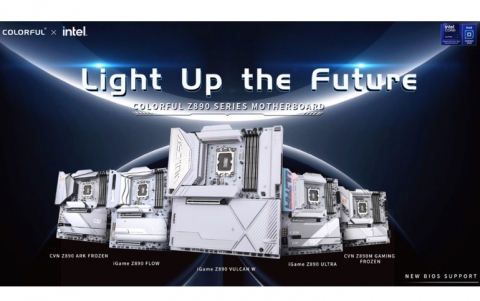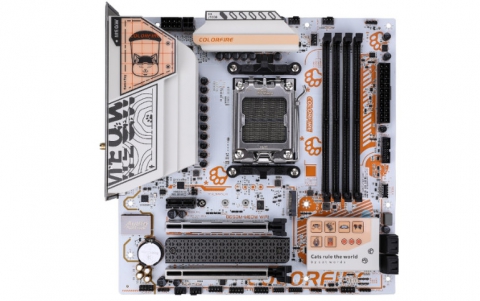CD Protection Overview
13. SecuROM
Review Pages
2. CD Protections
3. Cactus Data Shield
4. CD-Cops
5. DiscGuard
6. LaserLock
7. LockBlocks
8. MusicGuard
9. ProtectCD
10. SafeCast
11. SafeDisc
12. SafeDisc 2
13. SecuROM
14. The Copy-Protected CD & The Bongle
15. CD Protections using other means to "protect" the CD
16. Console CD protection
17. Other Recources
SecuROM
(Sony)
History:
We all know who Sony is..
Product: Securom
 SecuROM
is a CD-ROM copy protection technology that identifies a 'genuine' CD-ROM by
a special authentication mechanism. During Sony DADC's mastering process an
electronic fingerprint is applied onto the glass master which assigns a unique
number to each CD-ROM title.
SecuROM
is a CD-ROM copy protection technology that identifies a 'genuine' CD-ROM by
a special authentication mechanism. During Sony DADC's mastering process an
electronic fingerprint is applied onto the glass master which assigns a unique
number to each CD-ROM title.
The combination of the electronic fingerprint on the disc and encryption technology for authentication makes SecuROM a powerful system to protect your software against hard disk loading, content distribution via Internet, CD-R duplication and even professional piracy by mass replication. The unique electronic fingerprint of SecuROM cannot be copied by a disc-to-disc CD-R copy process, by hard disk loading or by professional glass mastering using the 'genuine' disc as input media.
How it works?
The disc authentication of a 'genuine' CD-ROM title is a combination of hardware and software protection and is tied to the main application which is defined by the software developer. A 'double-click' of the main program will automatically invoke the 'genuine' disc verification. There is no need for the end user to enter any numbers or codes, to make any phone calls to get a code or to be registered before running the program on a disc. Authentication of the 'genuine' disc will only take a few seconds and is hardly recognizable by the end user.
If the disc is identified as the original disc, the application will work normally with no effect whatsoever to the CD-ROM title. On the other hand, intellectual property copied from the original CD-ROM to a CD-R, distributed files via the Internet, or even counterfeit discs through professional mass replication will be identified as 'clone discs'. The main application of such discs will be locked and an error message will be displayed on the computer screen.
There are no special requirements for SecuROM .This CD-ROM copy protection technology supports Windows 3.1x, Windows 95 and Windows NT operating systems. SecuROM does not require special hardware. It works with existing SCSI, IDE and other CD-ROM drives on the market which must be the local CD-ROM drive on your computer.
CD-Audio tracks are not affected on a SecuROM disc which can be played on any existing CD Audio player. The 'genuine' disc identification can be tied to standard 16 bit (running on Win 3.1x, Win 95 and Win 98) and 32 bit Windows executables (running on Win 95, Win 98 and Win NT). The protection of your CD-ROM title will be done in-house at Sony DADC. There is no special programming for the developer necessary nor do you have to hand out your source codes. Simply specify your main executables on the CD-ROM that you wish to protect.
Price: Not available (at website)
How to recognize it
Most of the time, theses following files can be found on that type of CD : CMS16.DLL, CMS_95.DLL or CMS_NT.DLL ; but you may find CD protected with SecuROM that don't contain theses files.
So , another way to reckon it is to look at the barcode of CD , you will be
able to distinguish a little "logo" with name "DADC" on
it , ![]() (it
only applies with Data CD since AudioCDs pressed by Sony also include this logo)
(e.g "Hachette 2000 Encyclopedie" is a French SecuROM protected
CD that only contains "DADC" logo).
(it
only applies with Data CD since AudioCDs pressed by Sony also include this logo)
(e.g "Hachette 2000 Encyclopedie" is a French SecuROM protected
CD that only contains "DADC" logo).
Does it work in real life?
Nope for CloneCD users. With the help of CloneCD they can take care of this protection. Also you can use several programs which can help you play SecuROM copies without need of CloneCD. You can find them over here.
Review Pages
2. CD Protections
3. Cactus Data Shield
4. CD-Cops
5. DiscGuard
6. LaserLock
7. LockBlocks
8. MusicGuard
9. ProtectCD
10. SafeCast
11. SafeDisc
12. SafeDisc 2
13. SecuROM
14. The Copy-Protected CD & The Bongle
15. CD Protections using other means to "protect" the CD
16. Console CD protection
17. Other Recources













